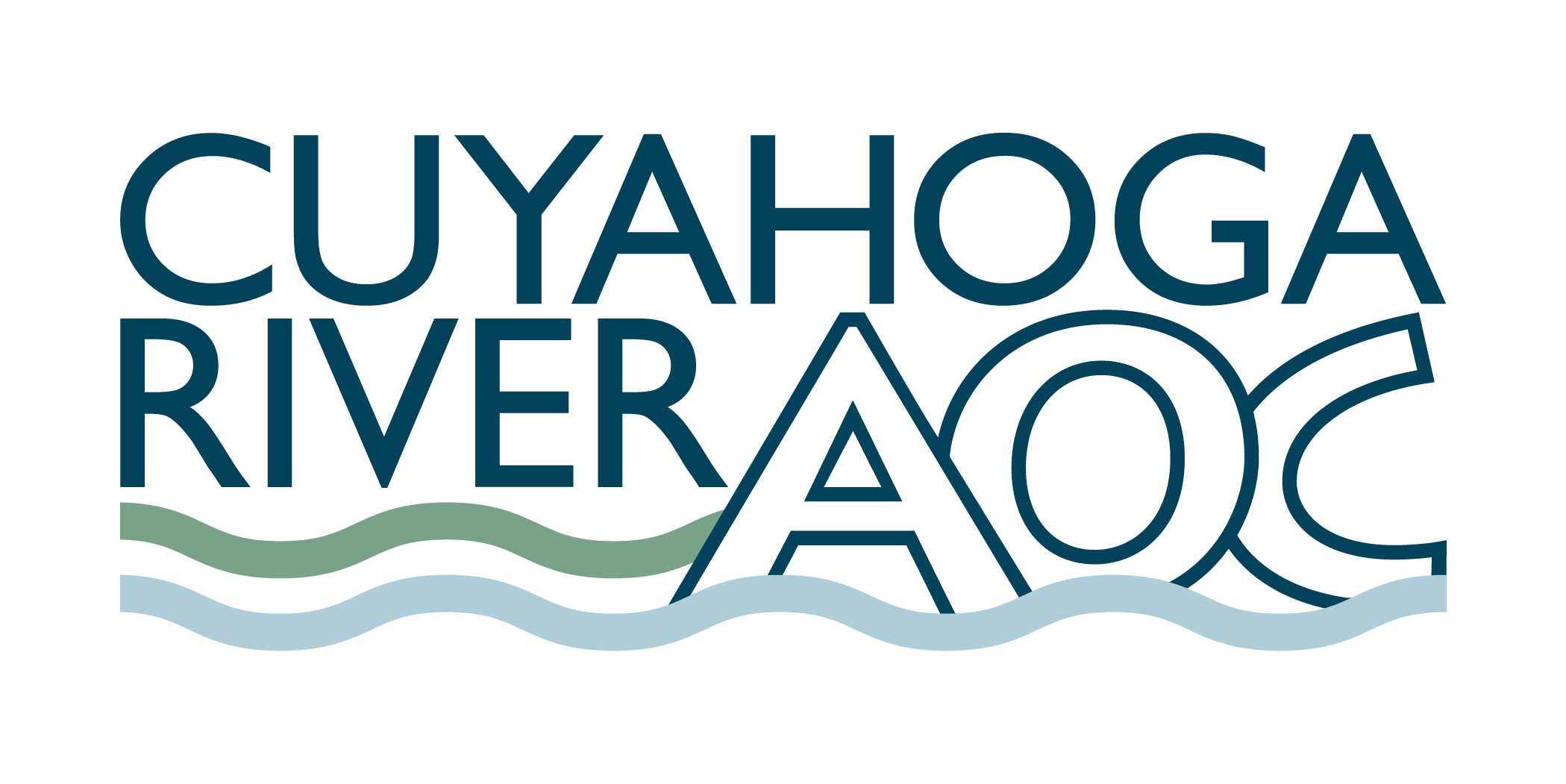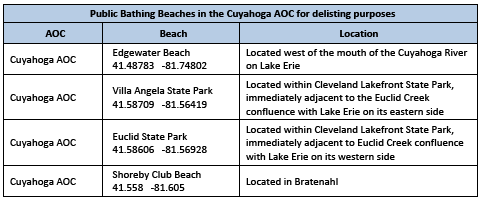Beneficial Use Impairment 10a: Beach Closings / Recreational Contact
The ability to safely use the beaches or have intimate contact with the water in the Area of Concern is primarily a matter of the levels of bacteria in the water.
What the delisting guidance says -
This beneficial use shall be considered restored when the following conditions are met for public bathing beaches, Class A waters and chemical contaminant contact advisories:
Public Bathing Beaches:
This BUI will be considered restored when posted advisory days due to bacterial contamination (E. coli) do not exceed 10 percent (or 19 days) of the recreation season; AND posted advisory days due to algal toxins do not exceed 10 percent (or 19 days) of the recreation season. This target must be met in 3 out of the most recent 5 years;
OR
In cases where public bathing beaches within the AOC have posted advisory days for either bacterial contamination (E. coli) or algal toxins that exceed 10 percent of the recreation season and CSOs are the primary cause, the BUI will be considered restored when the bacterial impacts from CSOs are being addressed under an approved long term control plan or other legally-binding document.
Primary Contact Recreation (Class A):
No Class A waterbodies within the AOC are included on Ohio’s most recent 303(d) list of impaired waters due to bacterial contamination (E. coli)
OR
If Class A waterbodies within the AOC are on the list of non-attaining waters because of bacterial contamination (E. coli) due to the presence of Combined Sewer Overflows (CSOs) this BUI will be considered restored when the bacterial impacts from CSOs are being addressed under an approved long term control plan or other legally-binding document;
AND
If Class A waterbodies within the AOC are on the list of non-attaining waters because of bacterial contamination (E. coli) due to the presence of non-point source pollution, this BUI will be considered restored when a TMDL is approved and the State and RAP can document that the level of bacterial contamination is not significantly worse that similar watersheds.
Progress toward delisting
Beach Closings:
If the delisting critera based on percent of days of beach closings per season is used, our current numbers put delisting well beyond our reach. There currently are no locations that meet the delisting targets for 3 out of the most recent 5 years. We have only met the “beach closings under 10% of the recreation season” in 3 locations within the last 5 years. Edgewater west and Edgewater east both met the “under 10%” target in 2012 and Shoreby beach met it in 2010.
We will therefore most likely use criteria that calls for “approved long term control plans or other legally-binding documents” to reach delisting. In that case, because NEORSD has a long term control plan in place, and because we presume that the bacteria along the Lake Erie Shore is coming from NEORSD CSOs, we could request delisting within a few years. However, there is reason to believe that even after the CSOs are eliminated there will still be bacterial contamination caused by nonpoint sources of pet and animal/bird waste.
In the case of the Primary Contact Recreation target, the half of the river downstream of Akron receives its combined sewer overflows, which are a source of bacterial contamination between the city and Lake Erie. The city has been moving forward with CSO control projects that would serve as a legally binding document.
The section of the river downstream of Akron, partly in Summit County and mostly in Cuyahoga County, that is within the NEORSD service area, is covered by the District's long term control plan.
Regarding the TMDL criteria for Class A waterbodies, the Lower Cuyahoga TMDL, only part of which is in the AOC, was approved in 2003. Many of the implementation projects have been completed. New monitoring needs to take place to quantify the levels of bacterial contamination.
Considering the ongoing efforts of Akron to reduce CSO overflows AND that monitoring and assessment of the TMDL (Total Maximum Daily Limit) implementation could happen sooner than the projected 2020 date for that work, it might be possible to see this impairment delisted in fewer than 10 years.
Chemical Contaminant (all waters):
No local or state contact advisories related to the presence of a chemical contaminant exist.
Note
- In Ohio, popular paddling streams with identified public access points have been designated as Class A primary contact recreation streams. The Class A designation extends from the most upstream identified public access point to the mouth. Primary contact recreation stream segments are defined in the Ohio Administrative Code 3745-1-07 and, in most cases; do not include the entirety of any Ohio AOC.


